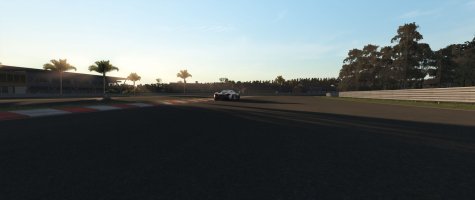Yeah dlss can impact image quality but nvidia also built in some anti aliasing algorithm.if you technically want the "cleanest", you wouldn't want to run DLSS.
So while you can see some "errors" here and there, the overall image becomes smoother, "cleaner".
I'll always take the slight upscaling errors for getting better anti aliasing!
Hehe yes, that's what I was talking aboutFinally was able to make DLDSR work on G9 with ACC.
Combined with in game Quality DLSS, the cleanest image I've seen to day. Also updated to the latest dlss dll.
Goodbye TAA.
I'm not sure how they hook into each other and which part gets what resolution but in the end you have almost the same performance of native resolution + taa but you got rid of taa and got 2x the dlss anti aliasing
How did you get the DLDSR option to show? A friend if mine also has a G9 and even with hdr disabled, the dsr settings are simply not there... Seems like a "bug" or rather nvidia not supporting it for "weird" resolutions. Also not for triples
Btw: although dlss has very little ghosting on monitors, load up a replay and switch the hovering name plates on. They look like shooting stars, lol
Last edited:











